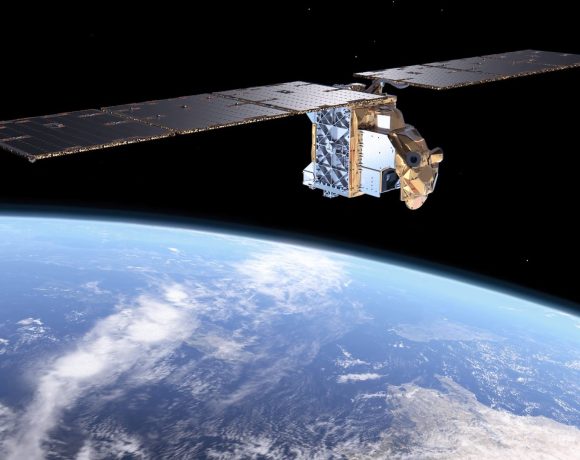NASA issues strategy for sustaining human presence in LEO

To maintain US leadership role
NASA has released its final goals and objectives for low Earth orbit (LEO) as part of its ongoing efforts to expand space use. Developed through consultations with various stakeholders, NASA’s Low Earth Orbit Microgravity Strategy is designed to ensure a continuous human presence in orbit, foster economic growth, and strengthen international partnerships.
The goals focus on advancing microgravity science, technology, and exploration with a broad-reaching impact.
“As we approach the retirement of the International Space Station in 2030, these objectives represent a crucial step in cementing US leadership in space,” said NASA Deputy Administrator Pam Melroy.
“By consulting with industry, academia, and international partners, we have refined a roadmap for our future in low Earth orbit, underpinned by a continuous human presence. This ensures that the benefits of space exploration will continue to grow, driving scientific innovation and expanding opportunities for all while preparing humanity for the next leap—exploring the Moon, Mars, and beyond.”
In early 2024, NASA began drafting its goals for LEO’s microgravity environment, engaging with government partners, industry experts, and the public for feedback. The agency received over 1,800 comments and held two workshops, resulting in adjustments to better align with global partners.
The final framework outlines 13 goals and 44 objectives across key areas, including commercial LEO infrastructure, operations, research, technology development, international cooperation, workforce development, and STEM engagement.
NASA’s LEO efforts are pivotal in its broader deep space exploration ambitions. The microgravity environment provides a valuable testing ground for technologies essential to future human missions to the Moon and Mars. The new objectives enable ongoing human research, exploration system testing, and retention of critical operational skills in microgravity.
“These goals mark a clear path forward as NASA transitions from the ISS to a new era of commercial space stations,” said Robyn Gatens, director of the ISS and acting director of commercial spaceflight.
“Low Earth orbit will continue to be a hub for scientific breakthroughs, technological progress, and global collaboration while fostering a commercial space ecosystem that benefits both NASA and the broader space community.”
These goals underscore the importance of continuous human presence in LEO, essential for mitigating risks for future missions to Mars. Ensuring regular access to LEO will require diverse, reliable space providers. The strategy will guide the development of future commercial space stations, support NASA’s missions, and advance critical research while preserving key skills for future exploration.
“Collaboration and consultation are central to our LEO strategy,” said John Keefe, NASA’s director of cross-agency strategy integration. “Our objectives will help ensure NASA is equipped to meet current and future space needs, prioritising the development of essential capabilities for LEO.”
Hero image: Backdropped against the blue and white Earth 130 nautical miles below, NASA astronaut Mark C. Lee tests a Simplified Aid for EVA Rescue system on September 16 1994. Credit: NASA












